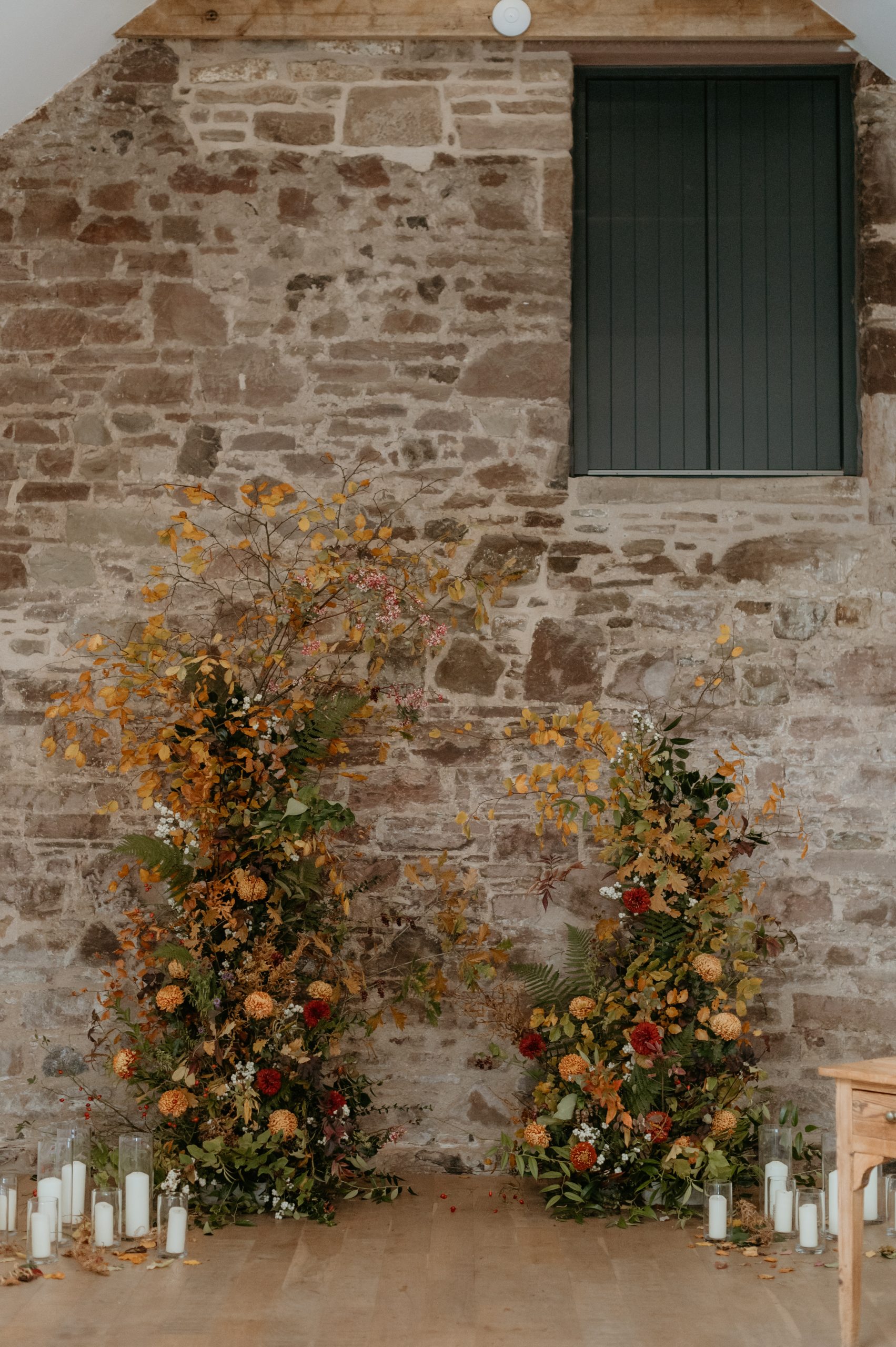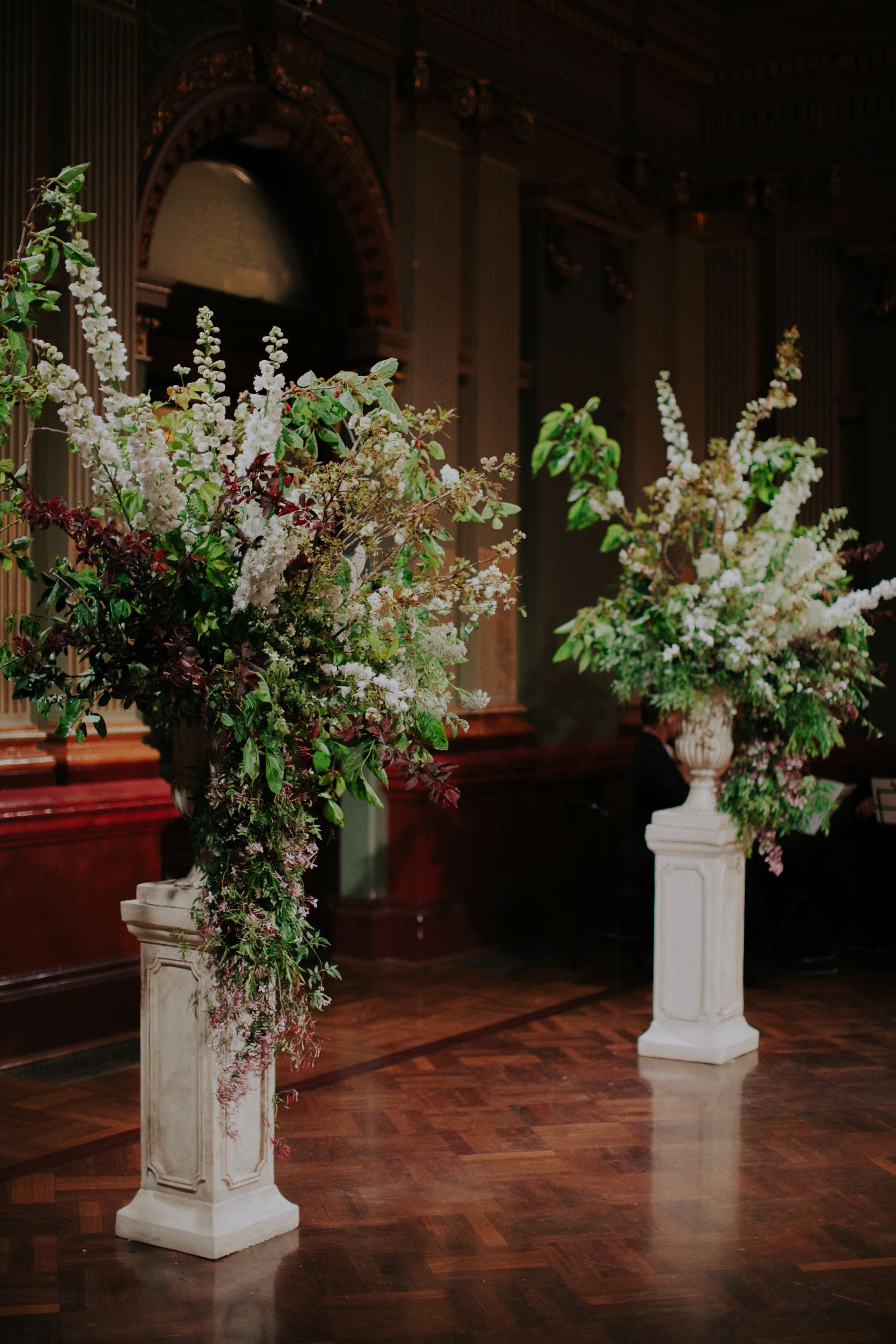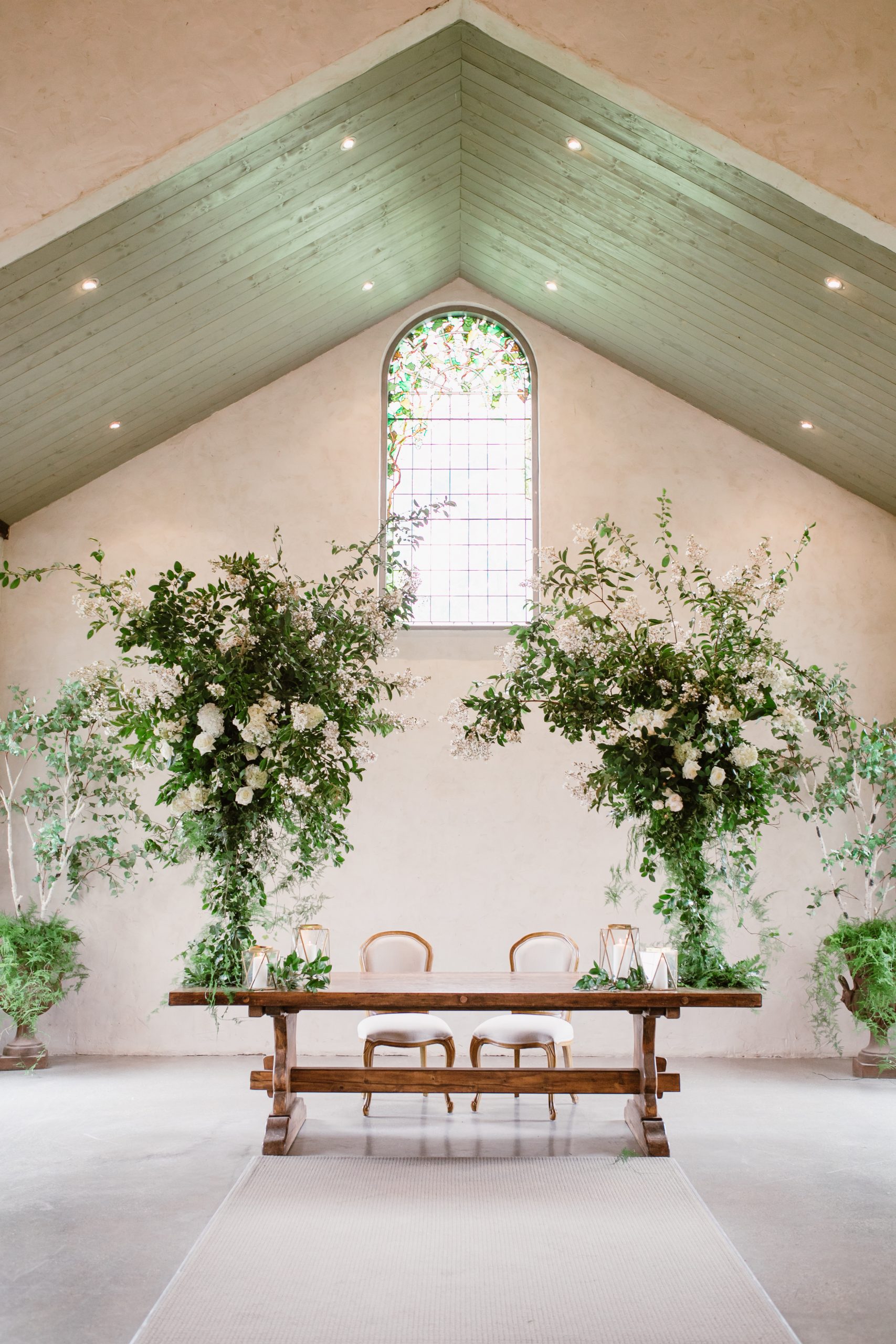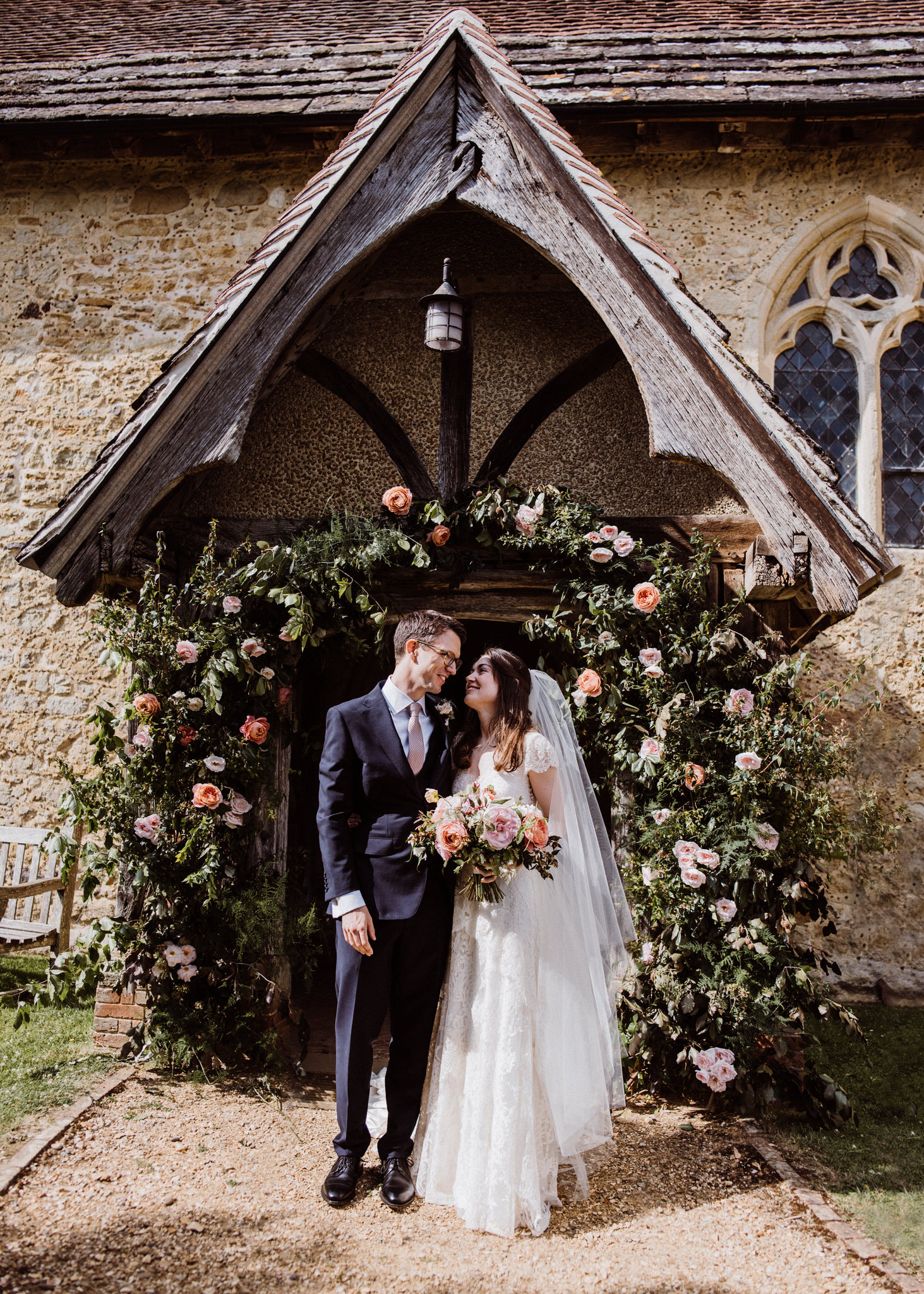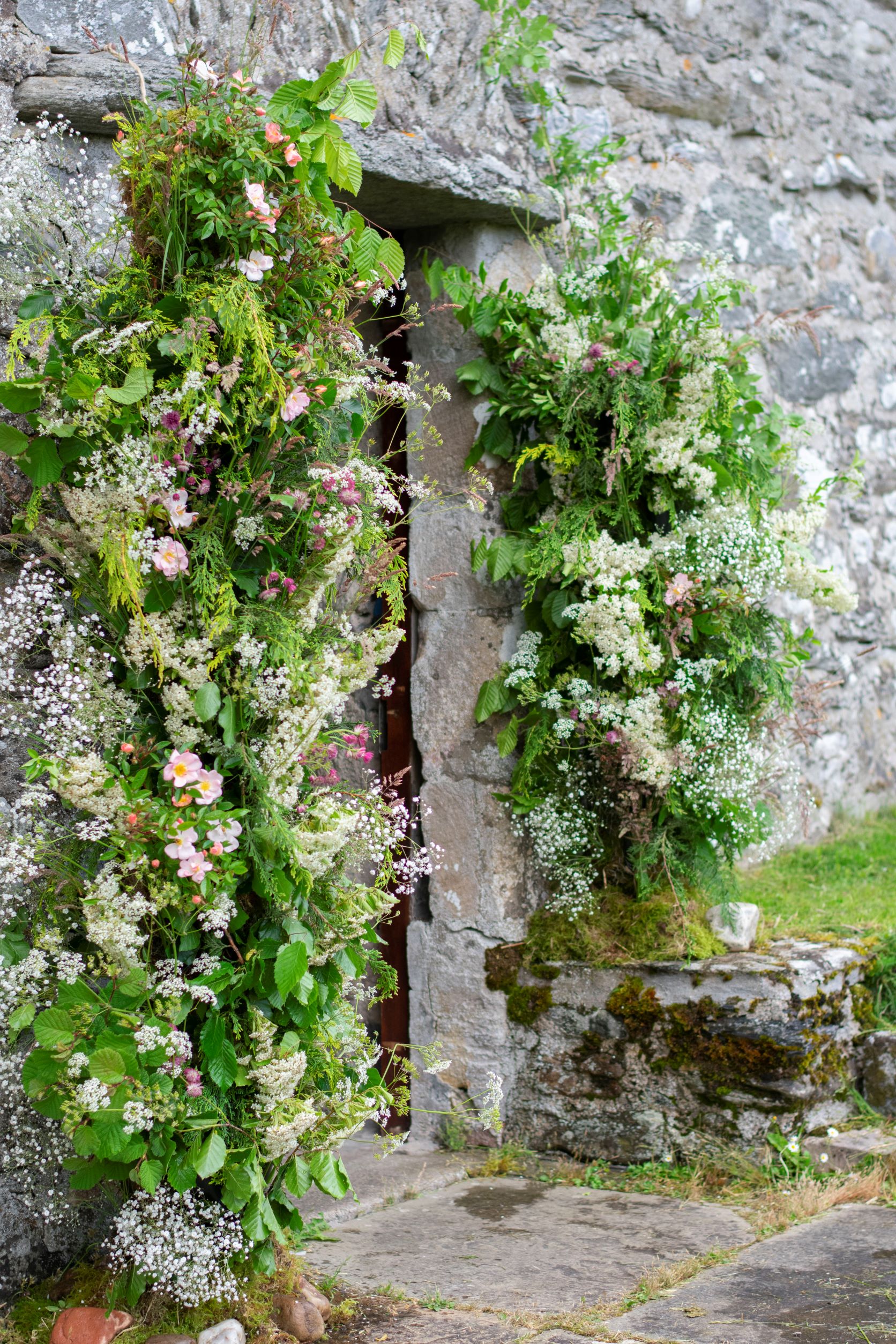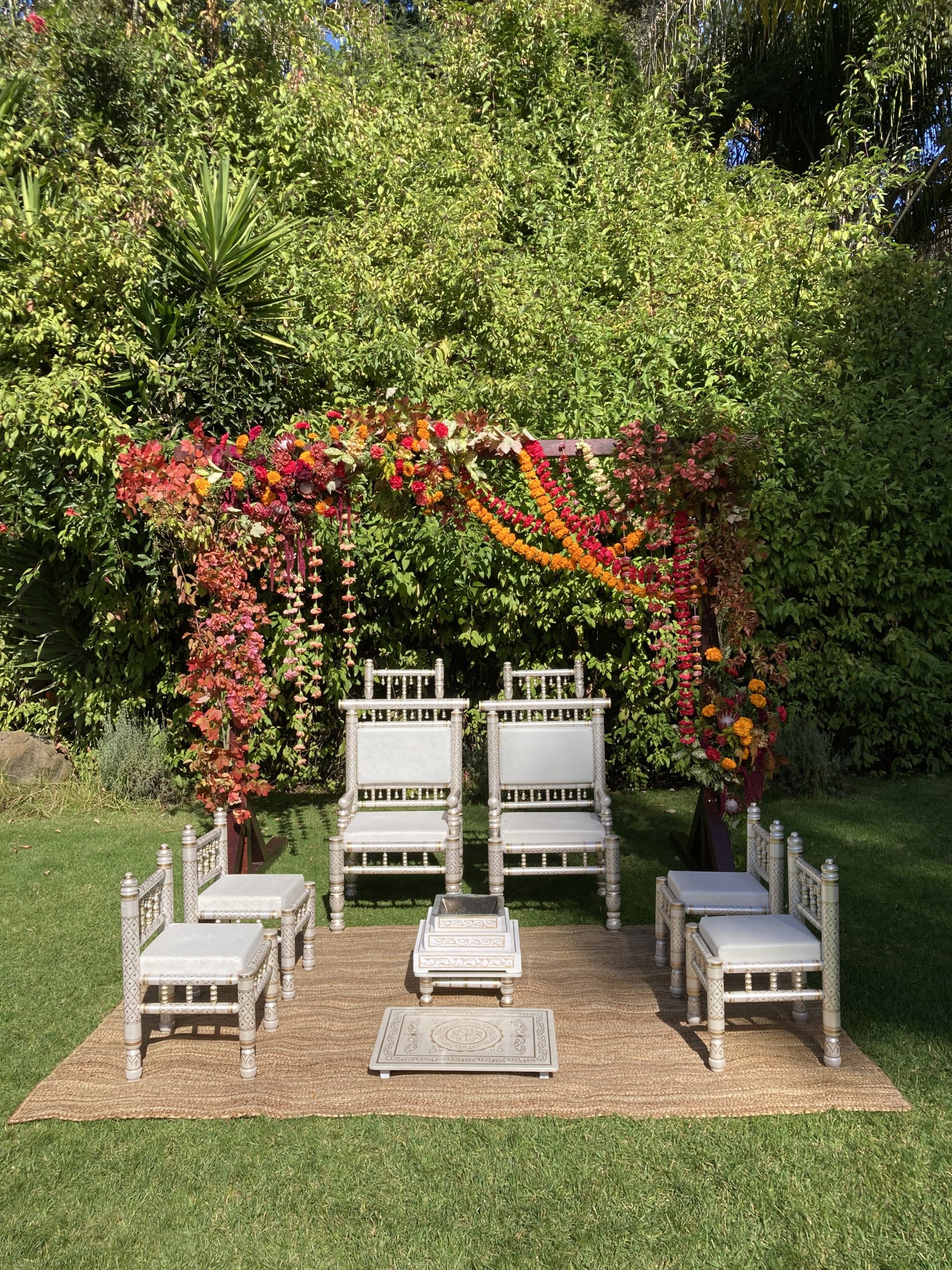Eco-friendly wedding flowers
When we consider the volume of flowers used in some events, it is easy to see how a few small decisions at the outset can make a big difference to an event’s overall environmental footprint.
The choice of flowers and vessels can make significant impacts on carbon and chemical outputs, as well as waste. To keep your event as sustainable as possible, keep the following ideas in mind.
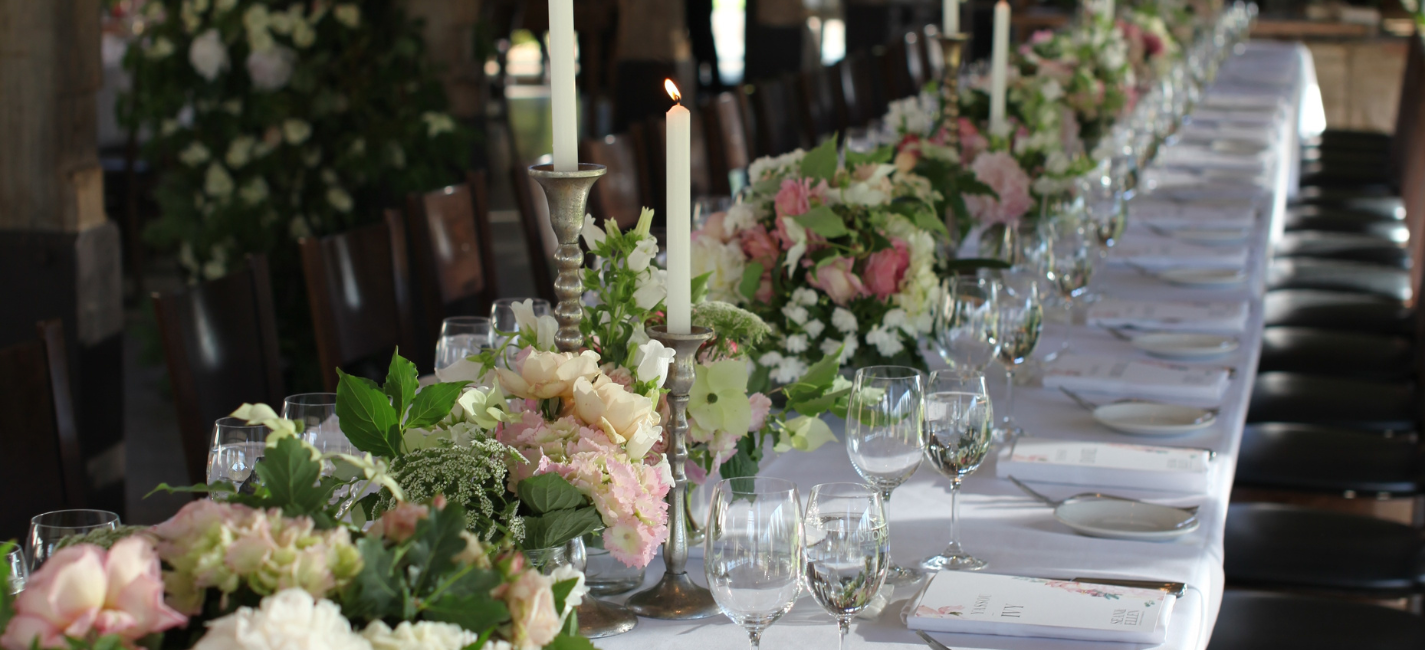
Weddings can involve a large volume of flowers.

The choice of flowers and vessels can make significant impacts on carbon and chemical outputs, as well as waste.
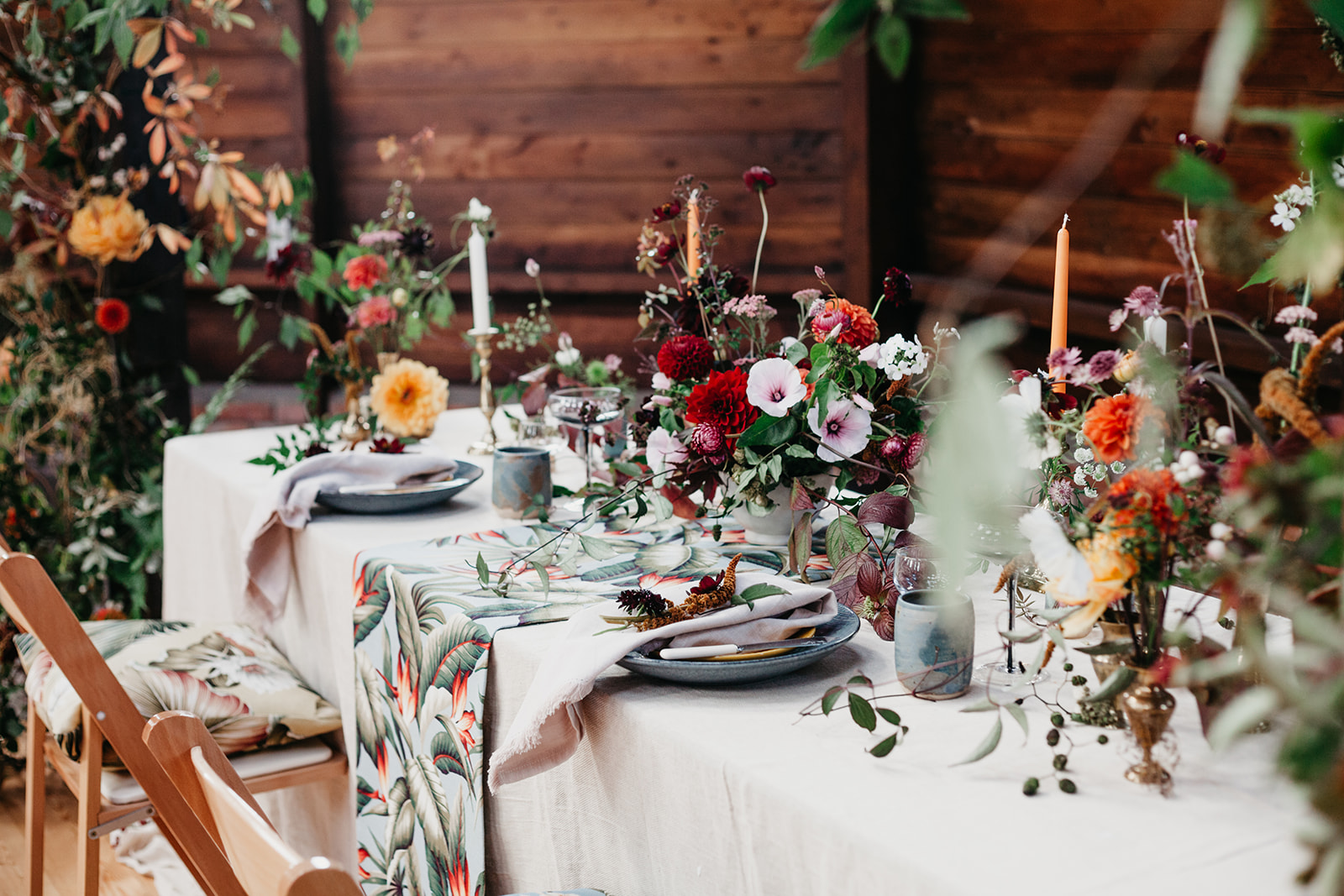
Following natural flower cycles and local availability has the least amount of impact on the environment. Image Studio Seapink, UK.
Choose arrangements that don’t require floral foam
Insist that your arrangements do not use plastic floral foam.
Work with your florist on designs that don’t need foam – a good florist can create impressive displays without it.
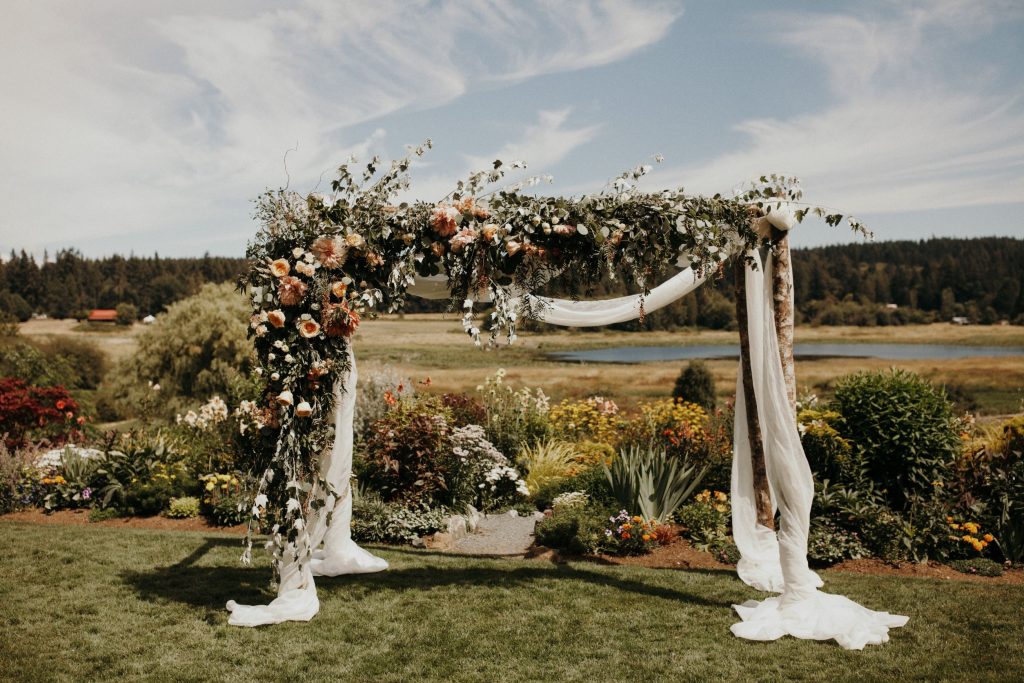
Experienced florists can produce high-quality work, without using floral foam. Image: Tobey Nelson Events.
Local and in-season flowers
Buy local and in-season flowers wherever possible. When you opt for locally-grown flowers that are naturally in season in your part of the world, you are:
- generally selecting fresher flowers as they won’t have travelled large distances to reach your florist
- often purchasing a higher quality product. A plant grown in its natural season produces a stronger, healthier cut stem – a flower with scent, vitality and resilience
- supporting local businesses and investing in your local economy
- avoiding additional chemical exposure associated with fumigating and processing imported flowers
- reducing the carbon footprint associated with transporting flowers long distances, often by airplane.
How do you know what flowers are in season locally? Ask your florist! A good florist should have a range of different seasonal varieties you can select from. Flower varieties change from week to week, just like fruit and vegetables, so what’s available one week isn’t necessarily there the next.
If there are no locally-grown flowers where you are and your florist only has imported varieties, ask your florist for flowers with a level of certification.
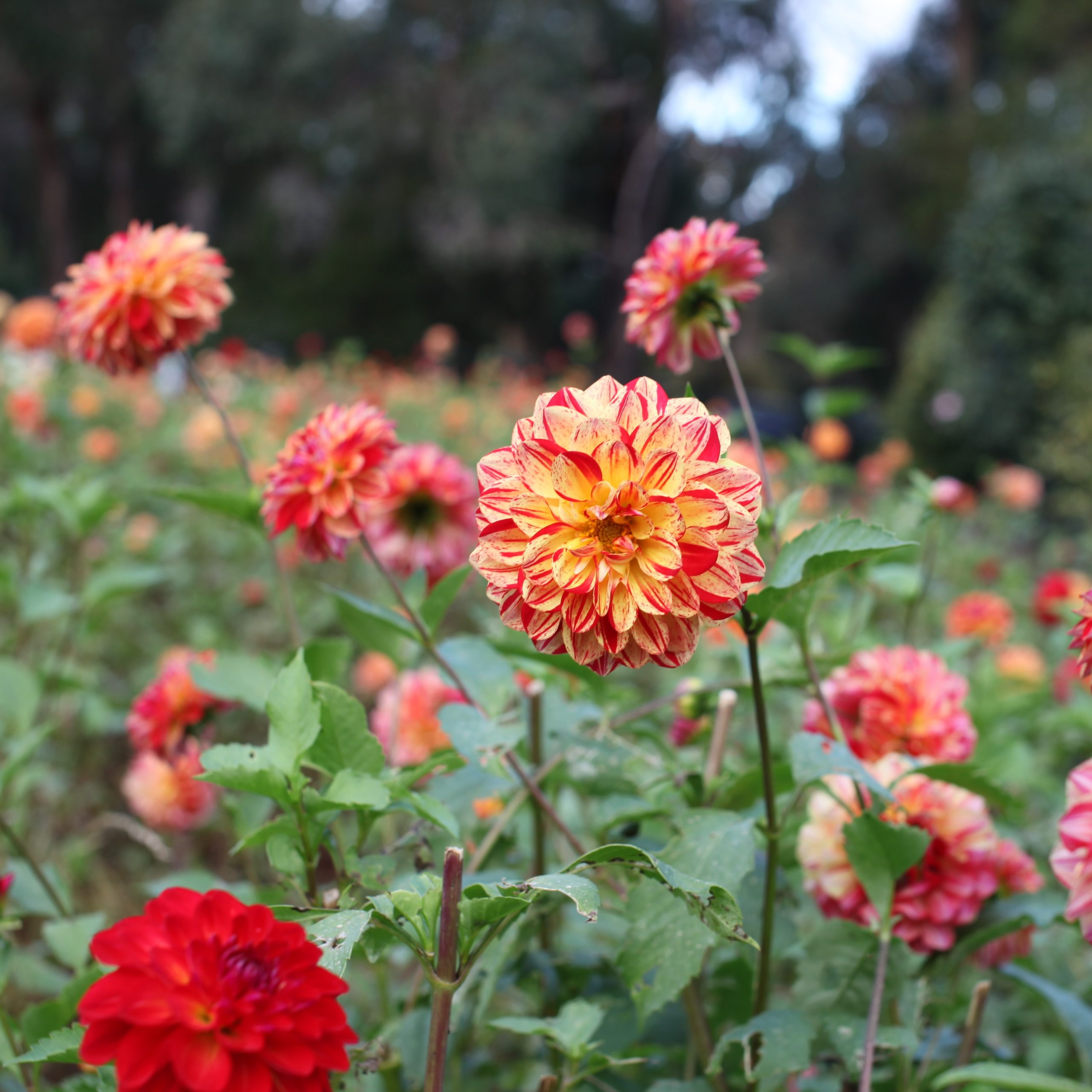
Field-grown dahlias at the peak of their flowering season.
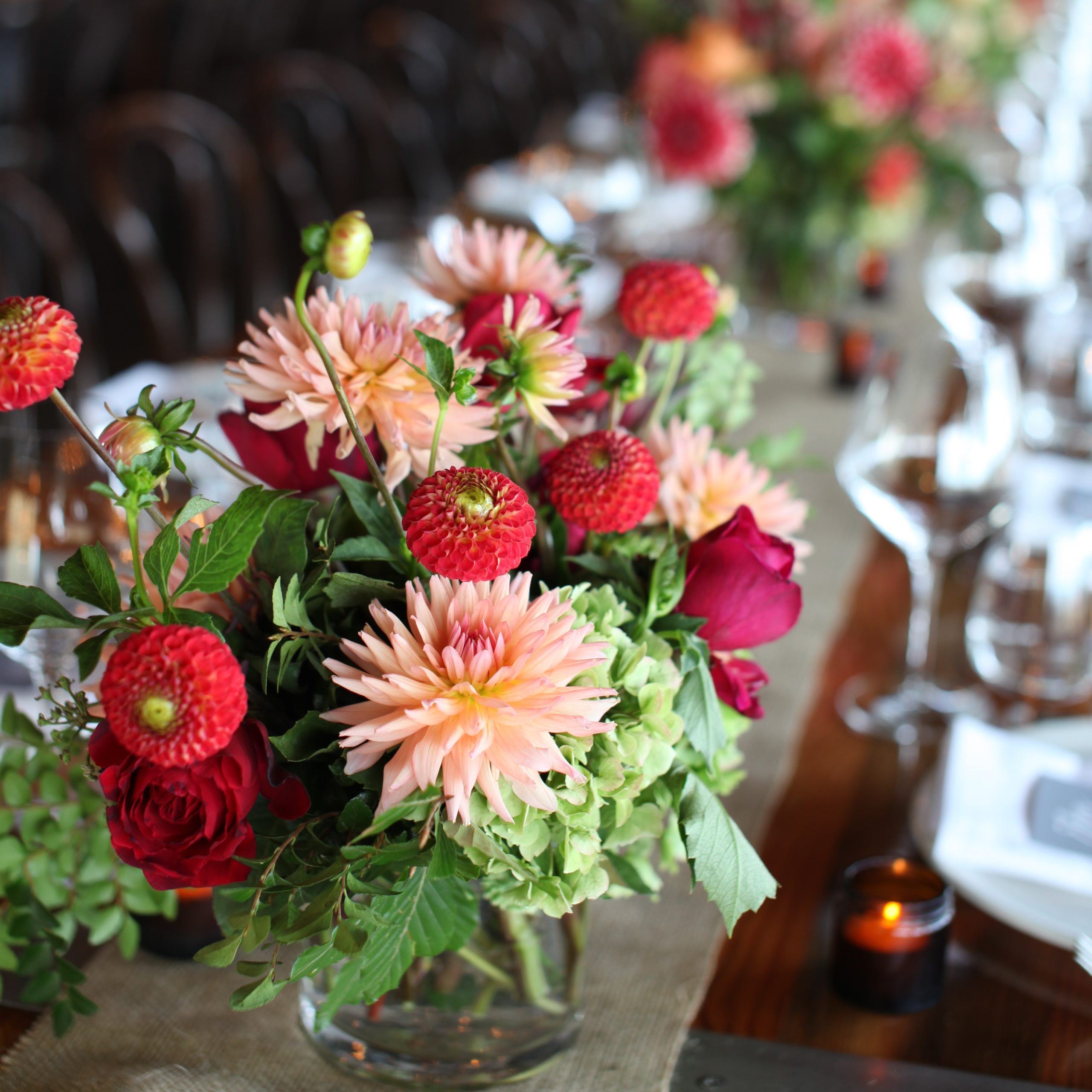
Using local, seasonal flowers keeps the environmental footprint low and the flowers looking their best.
Plan your event around flowers
If you love flowers, plan your event around peak flower availability in spring and summer. If you are particularly wild about a particular variety or colour palette, work with the seasons to ensure the flowers you want will be in local supply. This might mean considering planning your event around your flowers!
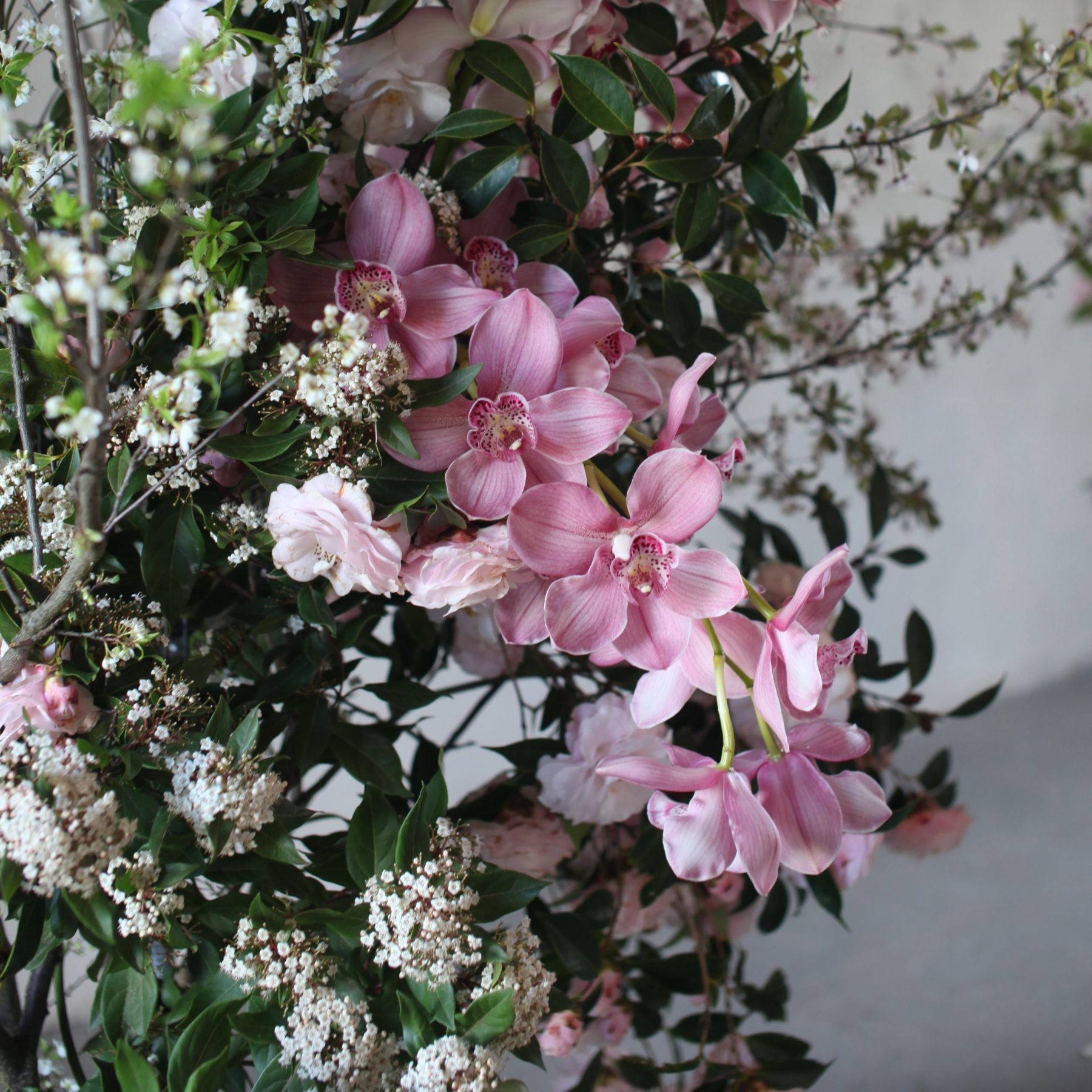
Most flower varieties aren't available all year round. If they are available out-of-season, it usually means they have been transported a long way or grown in artificial conditions. This can add a considerable carbon footprint to the final bunch.

If you have your heart set on particular varieties, plan your wedding around when they are in season. Sometimes the season is a short as a few weeks, as with peonies.
Be flexible
It is tempting to work your event around a specific colour palette. However, certain colours and palettes aren’t available all year round. If you are fixed on a colour palette, find out what local flowers will be in season on your wedding date that match your colour scheme. The more flexible you are, the greater the variety of blooms your florist will have to choose from to fulfil your order.

Making foliage a feature is a great way to give your floral decorations volume and impact.
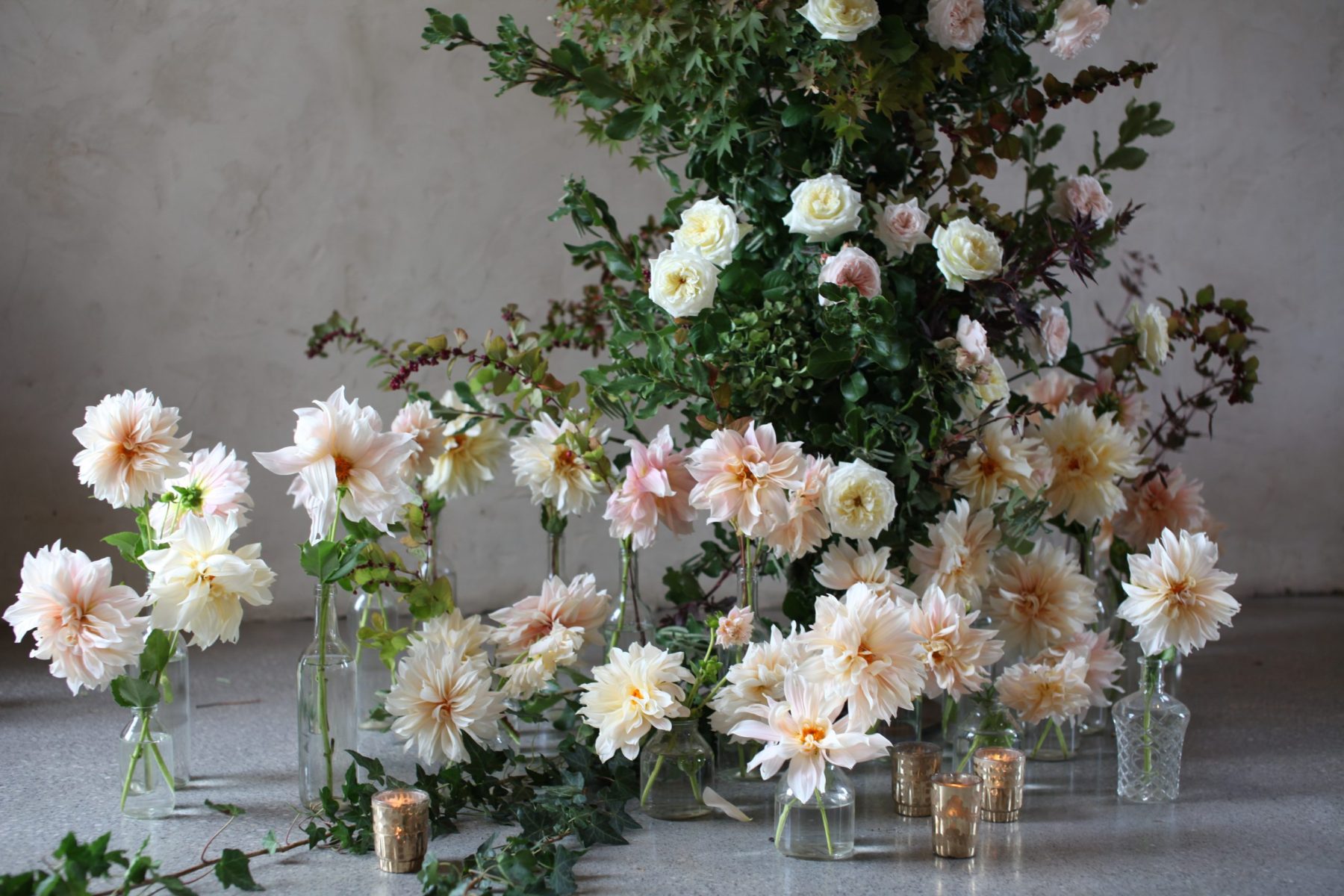
Certain colours and palettes aren’t available all year round
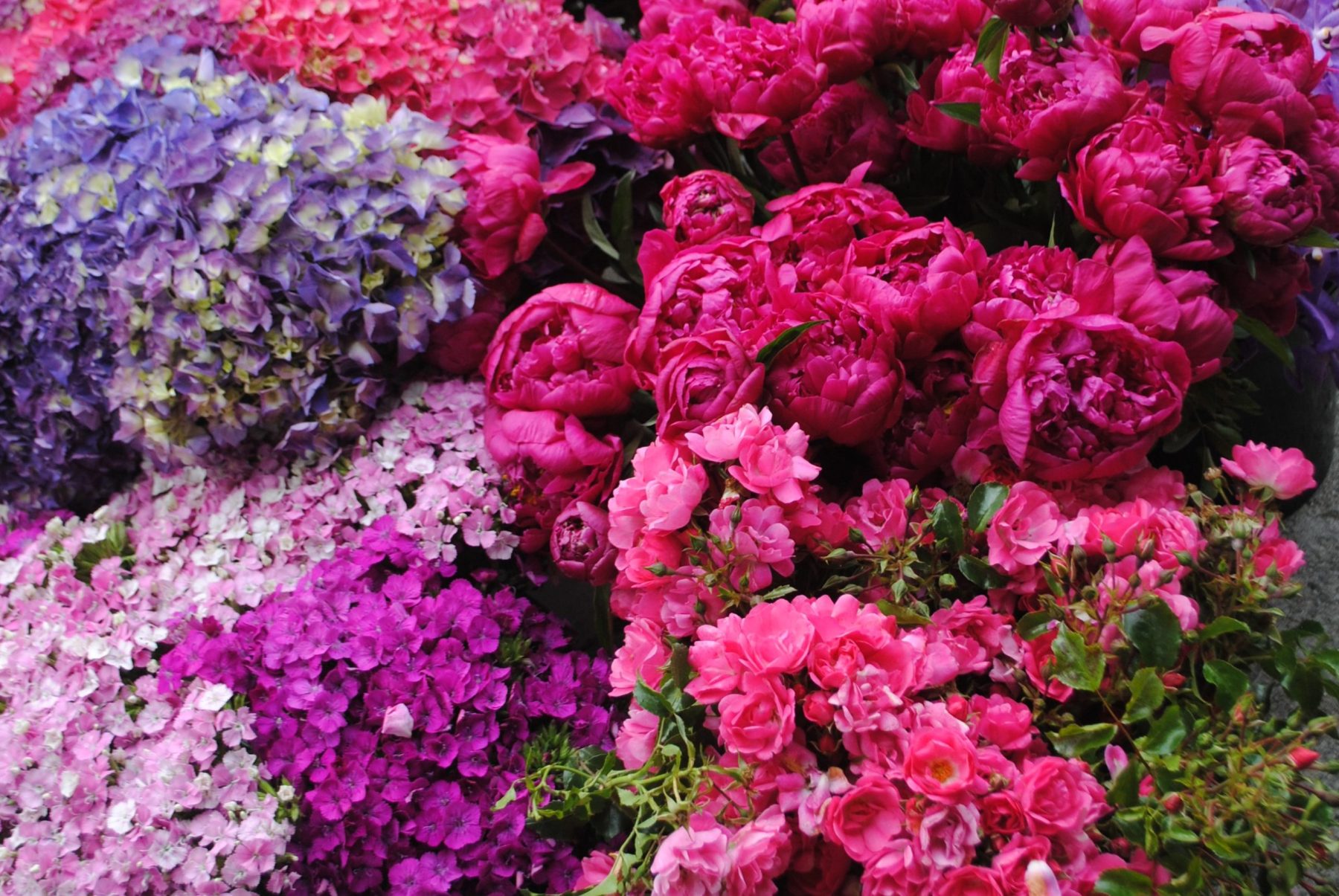
If you are fixed on a colour palette, find out what local flowers will be in season on your wedding date.
Keep it real.
Avoid artificially manipulated blooms. Many flowers are artificially dyed or chemically preserved. Some of these processes turn natural, compostable materials into products that must be sent to landfill.
The problem is florists don’t necessarily know the treatment processes behind these blooms.
To reduce the chemical footprint of your flowers and avoid adding to landfill, stay away from chemically preserved/painted/glitter-covered flowers, especially if the flowers are only for one event.
Preserved flowers are not the same as naturally dried flowers.
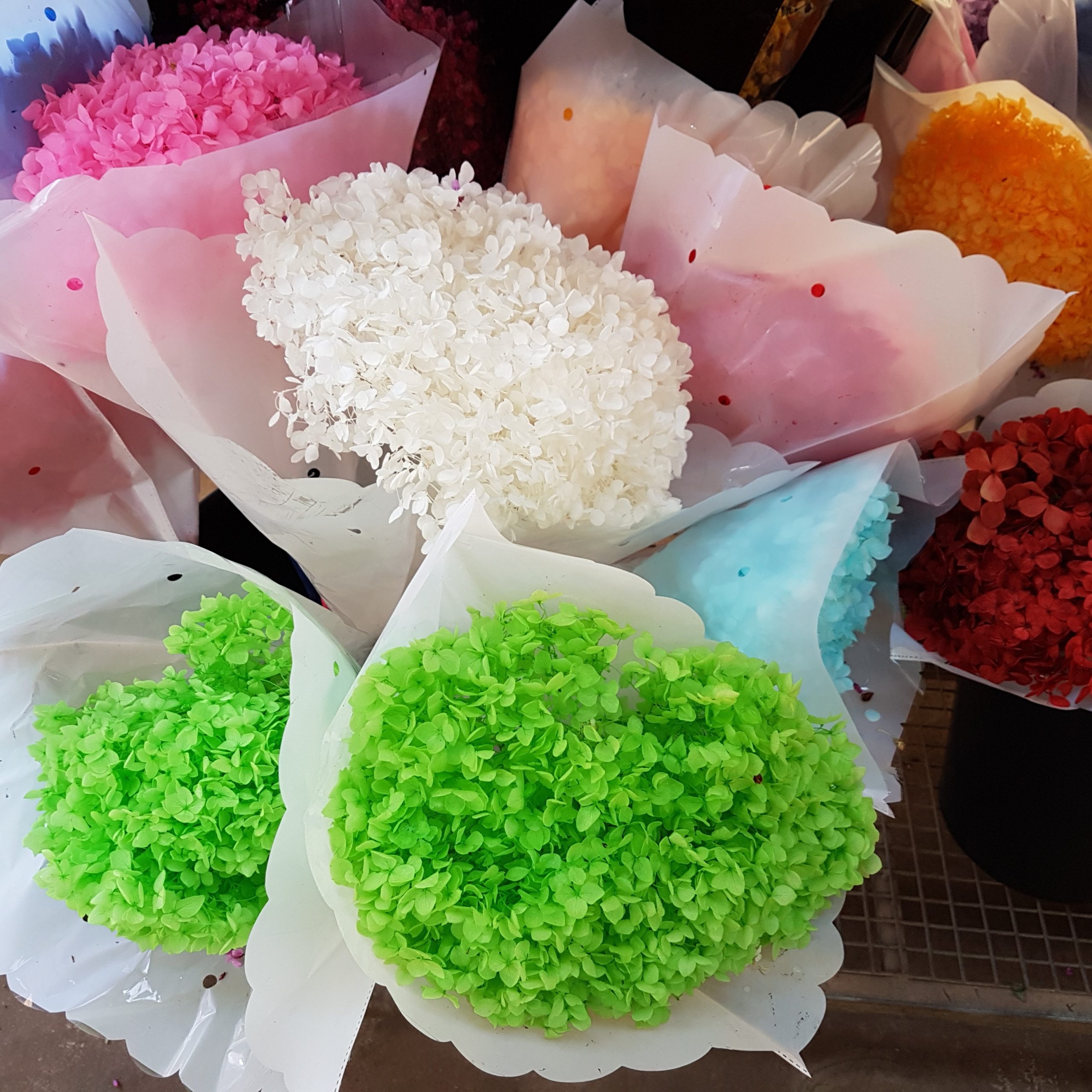
Preserving flowers adds additional dyes and chemicals — and sometimes plastics. This can make the flowers unsuitable for composting.
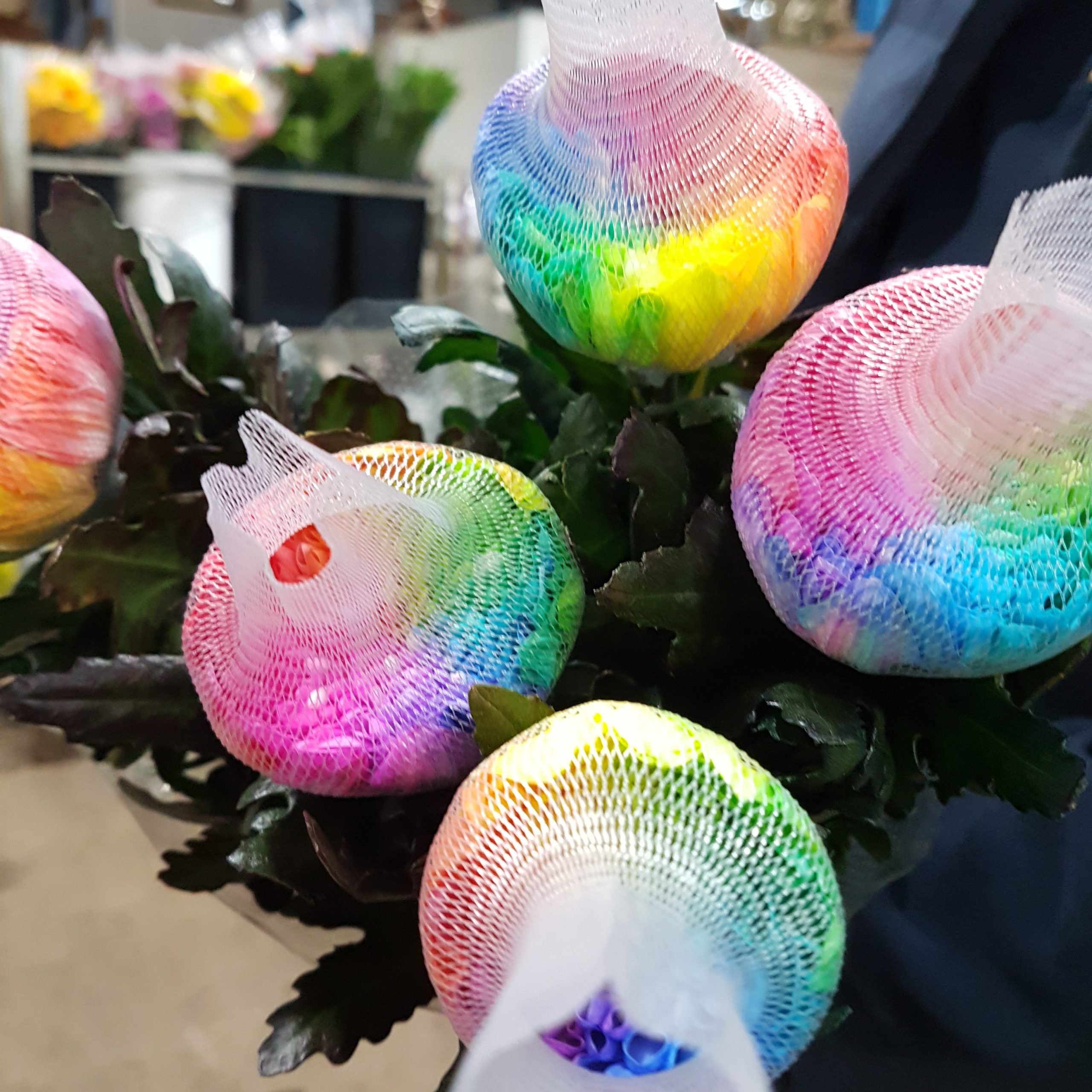
Artificially dyed flowers can come with a lot of additional packaging. Using materials in the natural state helps to reduce the chemical footprint of a flower arrangement.
Aim for zero waste floristry
Consider your vessels. Think about reusing vessels or hiring for the day. Small jars and tin cans serve well as small vases and named with an attractive label, can serve as bonbonniere for your guests. Collect second-hand vessels for your florist to fill.
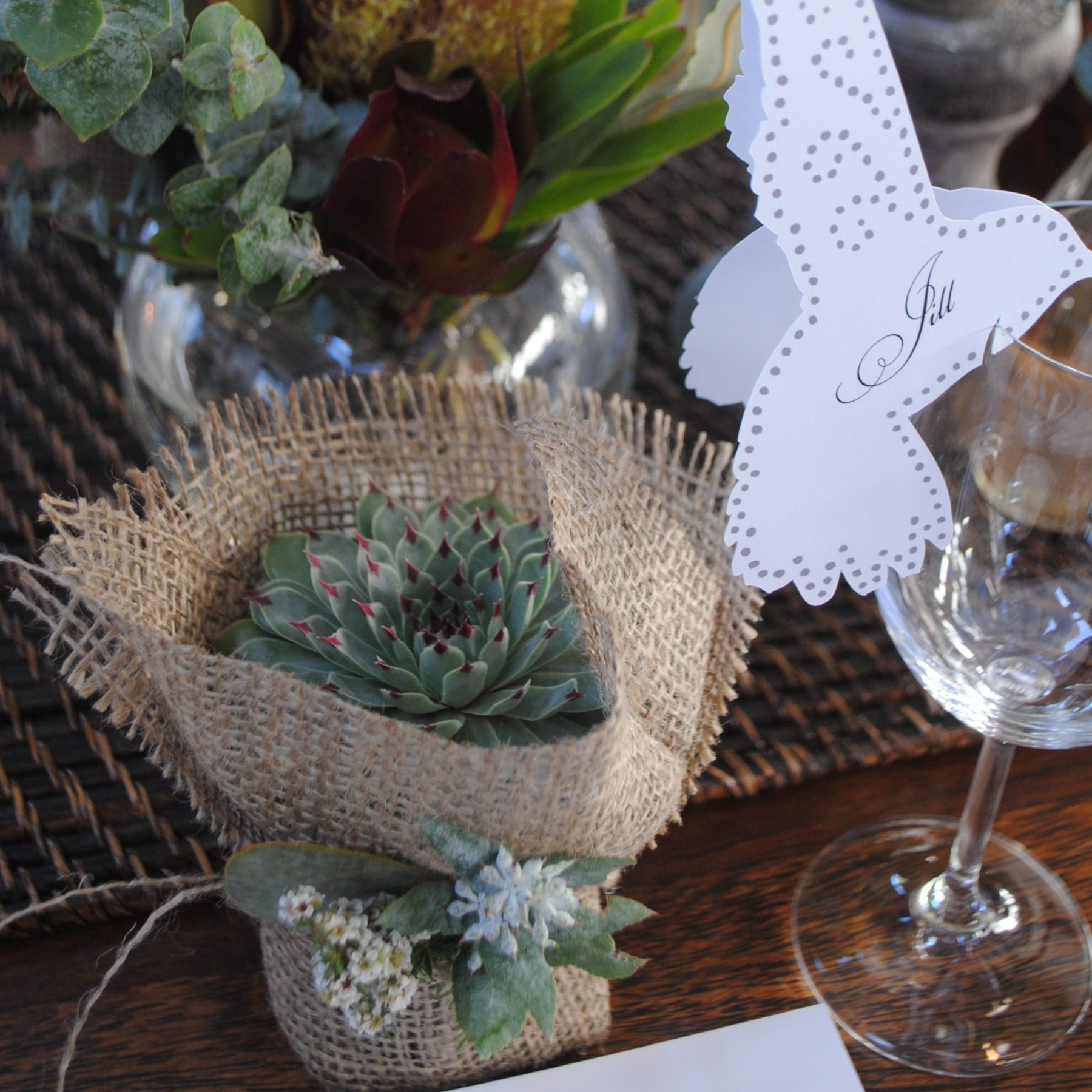
Use small plants as decoration and giving them to guests as a gift is a great way to minimise waste and maximise enjoyment.
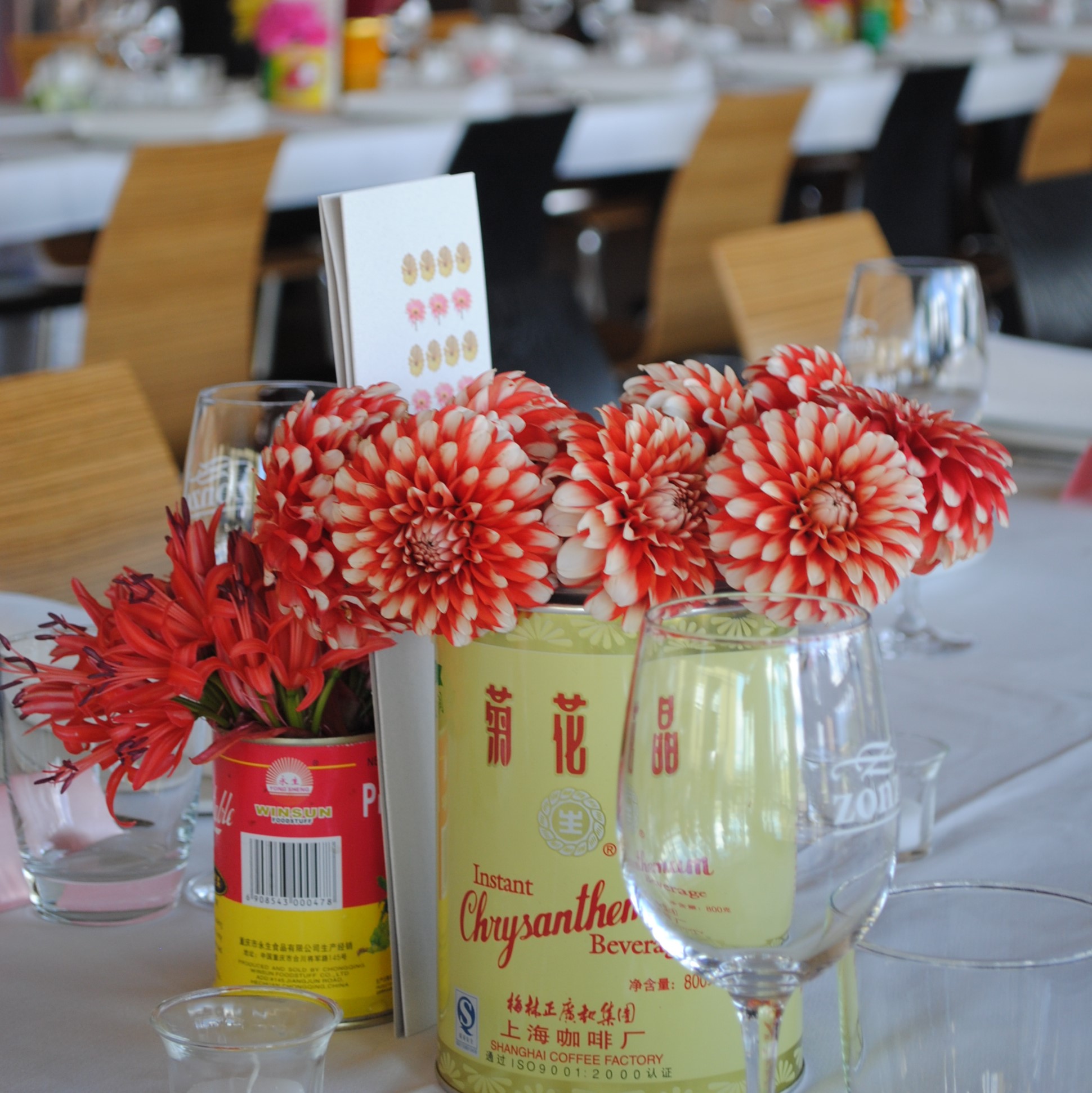
Use vessels in creative ways.
Support local farmers
Support local farmers working to improve their farming practices.
A Slow Flowers movement exists in the world of floristry, just as it does in food. This movement supports smaller scale farms, minimal chemical intervention, seasonal growing and bee-friendly crops. Tell your florist you want to source from local farmers supporting sustainably-grown wherever possible.
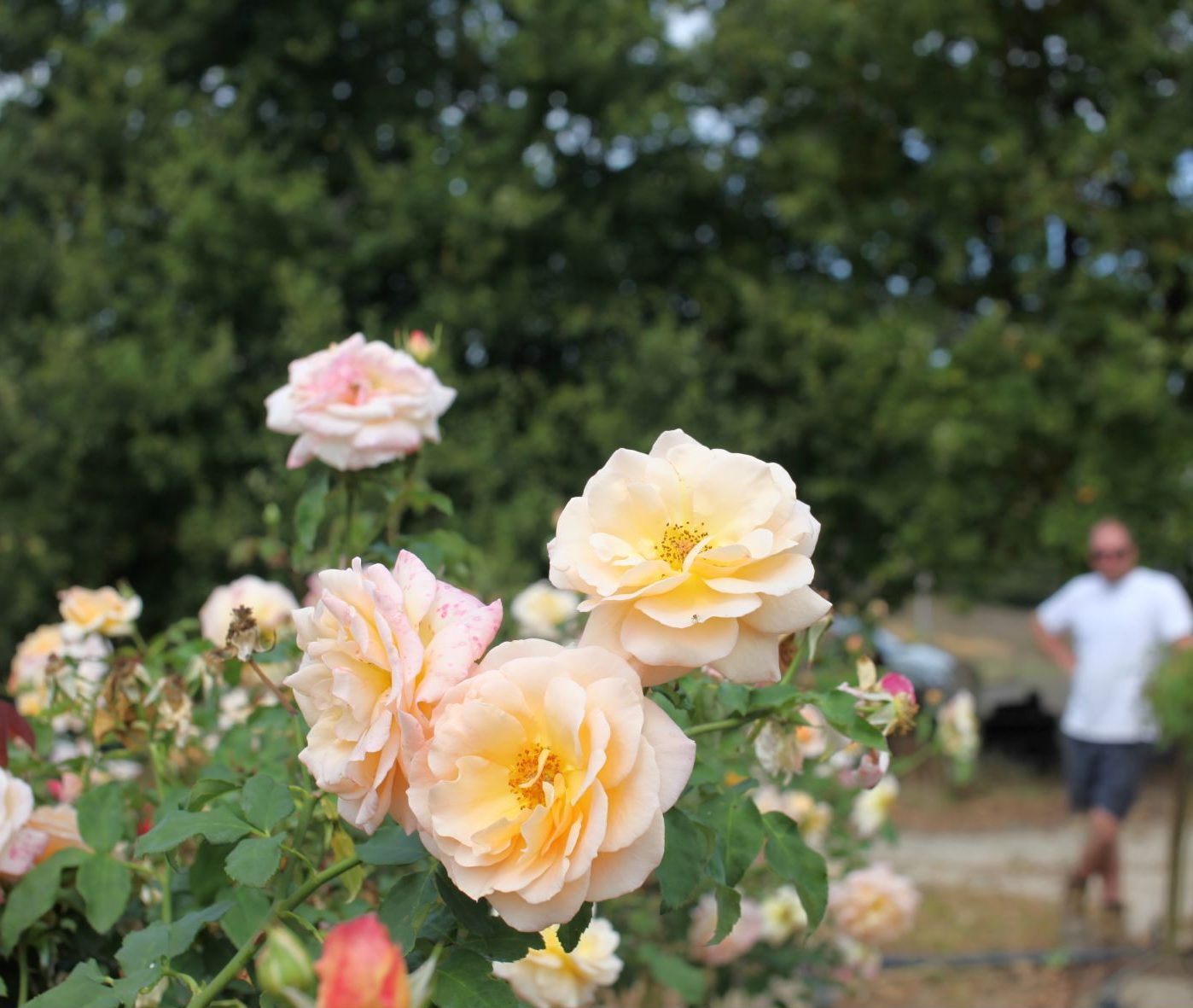
Tell your florist you want to source from local farmers supporting sustainably grown wherever possible.
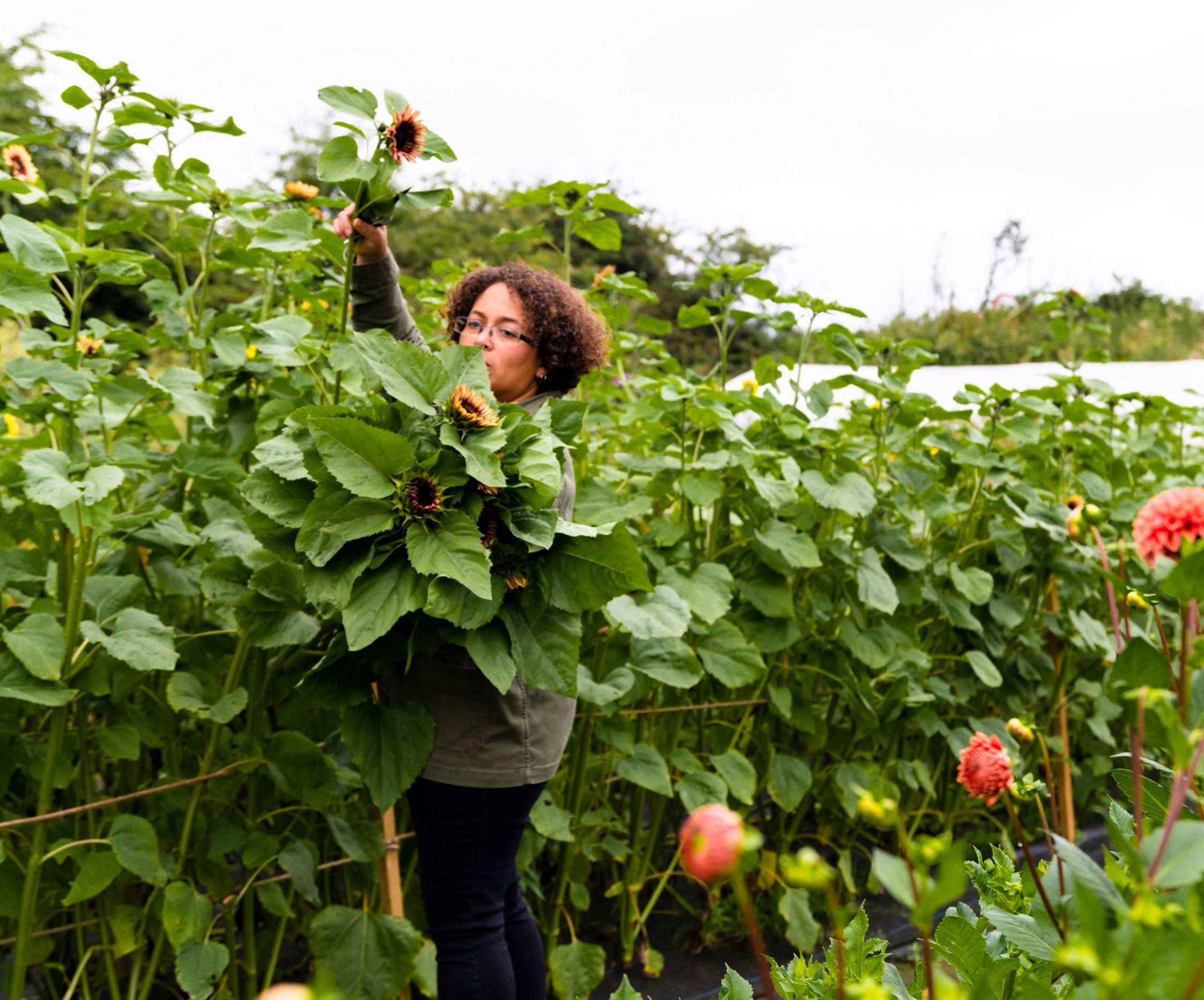
A Slow Flowers movement supports smaller scale farms, minimal chemical intervention, seasonal growing and bee-friendly crops.
Grow your own
Consider growing your own flowers. Put some seeds or bulbs in the ground to bloom in time for your event. Small pot plants such as succulents or colorful annuals can sit on the table and and again double as bonbonniere.
Give your flowers away as gifts after the event
Many florists offer a gift-wrapping service after the event. If the flowers aren’t being taken home by family or guests, consider donating them to your local nursing home, charity or hospital.
